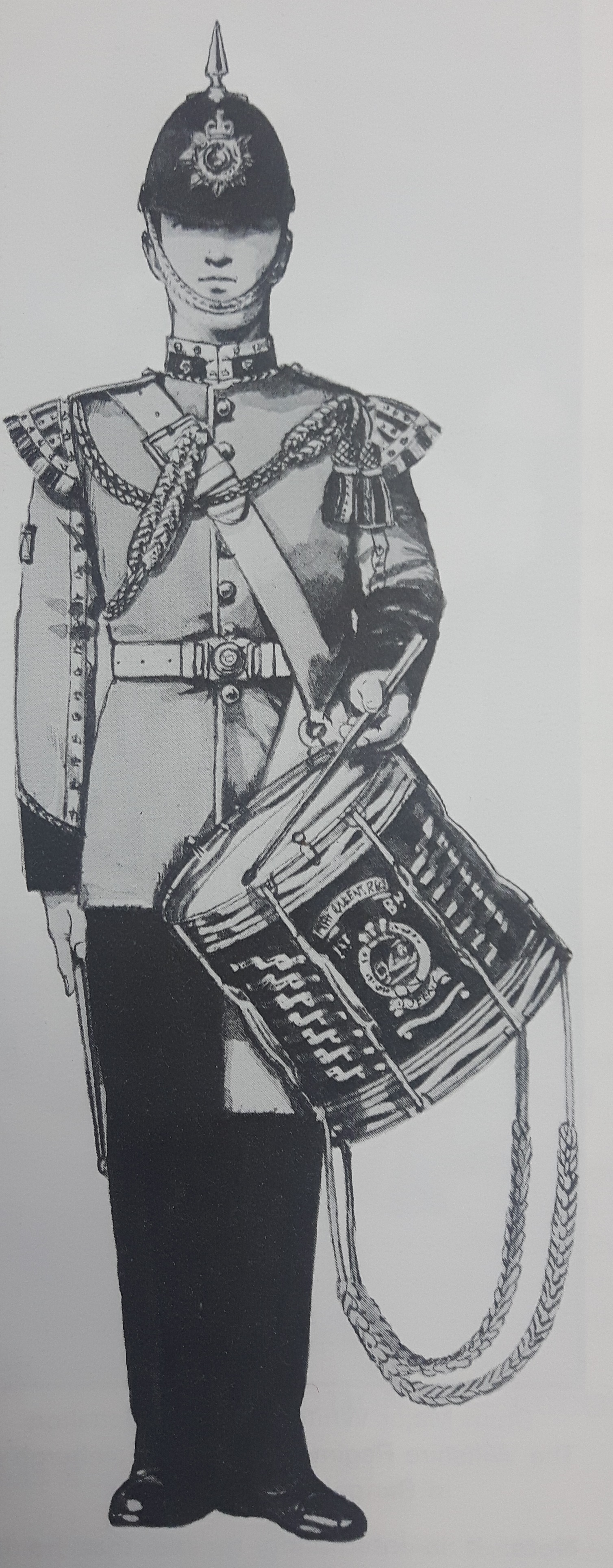

Producing Sound
0512. This instrument too works on the principle of a vibrating column of air inside a tube. The tube of a bugle is about four feet long; it is only coiled into its familiar shape for convenience.
05.13 The actual method of causing the column of air to vibrate is slightly different to that used for the flute. A cup shaped mouthpiece is placed over the player's lips and by vibrating his
lips against the mouthpiece, the column of air is set in motion. Just as in the flute, the faster the vibrations the higher the pitch of the sound, the slower the vibrations, the lower the sound;
the speed of the vibrations in this case being controlled by the player's lip tension.
Overblowing
0514. It has already been mentioned that the technique of overblowing on the flute produces sounds of ahigher pitch whilst covering the same holes used for the lower note. This technique
must be used on the bugle since the column of air cannot be lengthened or shorted. Quite simply, overblowing tricks the instrument into vibrating a shorter column of air than is actuall there, and
so higher notes can be obtained.
0515. The length of the bugle tube is important as it governs which notes are obtainable from the tube. On a four foot tube a series of five notes, known as harmonics, can be blown.